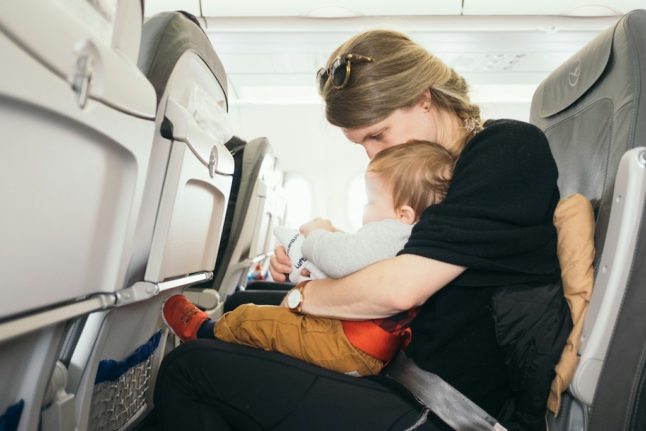Welcome to our regular look at everything you need to know about life in Italy for The Local’s readers from the US. This newsletter is published monthly and you can receive it directly to your inbox before we publish by going to newsletter preferences in ‘My Account’ or following the instructions in the newsletter box below.
If you’re planning a move from the US to Italy, but none of the existing visa options have proven suitable, you may have seen reports of a new visa type becoming available: Italy’s government this month published a decree setting out the requirements for applying for its new ‘digital nomad’ visa, or visto per nomadi digitali e lavoratori da remoto.
American reader Suzanne told us last week: “I am super excited that this is finally an option. I have a well-established online career and have been waiting for two years for this visa to come into existence.”
While for Suzanne and many others this is positive news, there are still plenty of unanswered questions about how the new visa will work.
For one thing, the Italian government’s new decree didn’t specify a start date from which applications may be filed.

We know applicants will need to visit their nearest consulate (as with other types of visa, you can’t usually apply in Italy if you’re already here) but whether or not you’re allowed to book an appointment to make your application for the digital nomad visa yet appears to depend on the consulate.
Last week, several of The Local’s readers around the US told us they had tried to book appointments. One reader in Philadelphia said they had been successful and have an appointment confirmed in May.
However, another reader told us they were unable to book an appointment at the Miami consulate, which told them: “For digital nomad visas, we have not yet received any information. Therefore you cannot apply yet for this type of visa.”
Italian immigration law expert Nick Metta told us that although the decree technically came into force the day after its publication in the Official Gazette, many consulates haven’t yet got their act together when it comes to processing applications for the visa.
That needn’t necessarily prevent you from booking an appointment since all the information on how to prepare your application is contained in the decree itself – “so you can apply and then the consulate has 90 days to sort it out,” he says.
But some consulates, like Miami’s, “might be particularly strict and just refuse to take it in. Then at that point, you just need to wait a little bit.”

If you’ve attempted to book an appointment to make an application for Italy’s digital nomad visa, please get in touch by email to let us know about your experience.
And if you’re still in the planning stages, we’ll keep you updated as to when, and if, you can file your application. For now, here’s our interview with Metta answering readers’ questions based on the information available so far:
‘Go for it’: The expert view on Italy’s digital nomad visa
But there are some practical aspects to consider if you have your heart set on remote work in Italy. If you depend on 24/7 access to a high-speed internet connection to make a living, you may need to do some careful research before you land.
As our writer Silvia Marchetti pointed out in her article last week: “the trouble with the digital nomad visa is enclosed in the first word – ‘digital’.
“In the short term, unless investments are made in expanding high-speed coverage in Italy, nomads will find out that the connection in many areas is still very poor.”
Silvia lives in the Lazio countryside, not far from Rome, where she says “I had to forsake all internet providers because there was simply no wifi infrastructure.
“I was forced to subscribe to Starlink, which is a satellite provider used by yachts and campers that constantly move around in isolated places like the sea, mountains, and canyons.”
Perhaps a remote hilltop village or isolated farmhouse is not the most practical choice, then.

But even some of the locations you might expect to be convenient for online work – like the centre of a major city – may still have wifi speeds far slower than the average in most parts of the US.
OPINION: Italy’s new digital nomads should watch out for the wifi speeds
Many of Italy’s international residents have reported problems with things like wifi speeds, as well as struggling to find coworking spaces or cafes that allow you to work from your laptop – though it all depends on which part of Italy you’re in, and there are of course ways to work around these issues.
Often, it’s just a case of knowing what to expect and being prepared before you arrive.
Have your say: If you’d like to share your opinion or tell us about an experience you’ve had while living in Italy, please leave a comment below this article or get in touch by email.
And if you have any advice for other American readers who are considering moving to Italy, or questions of your own, you can add them to our ongoing survey here.
Thanks for reading and please get in touch with us by email if you have any feedback on this newsletter.



 Please whitelist us to continue reading.
Please whitelist us to continue reading.
Member comments